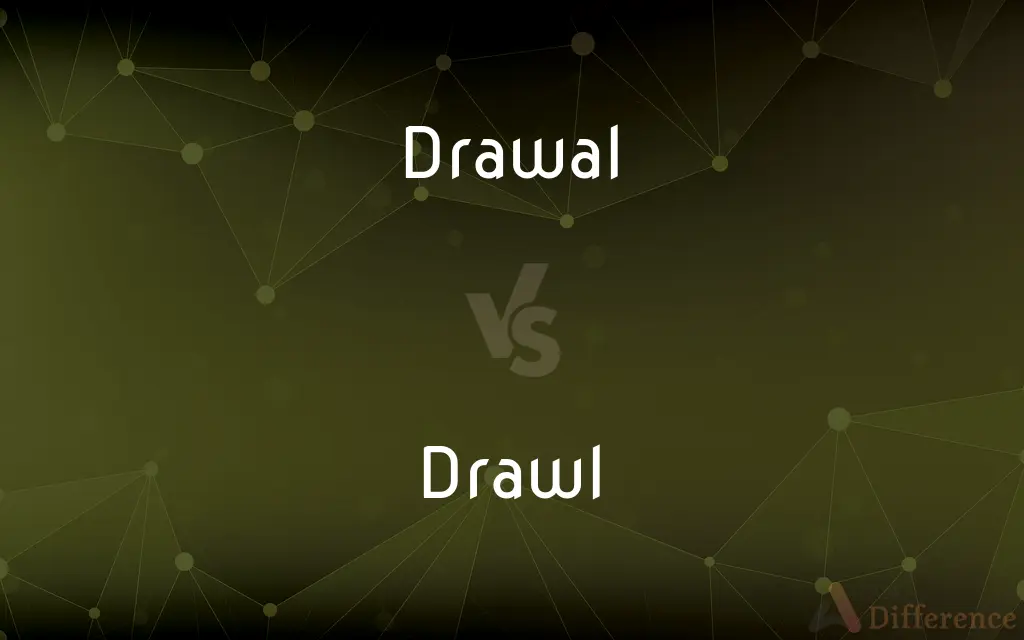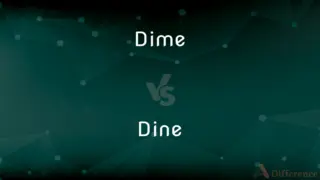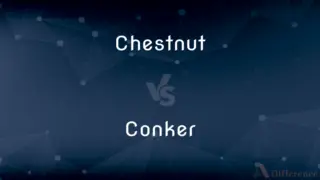Drawal vs. Drawl — What's the Difference?
By Tayyaba Rehman & Urooj Arif — Updated on April 7, 2024
Drawal is not a standard term in English, often confused with withdrawal, meaning to remove or take away. Drawl refers to a slow, prolonged way of speaking, typical of certain dialects or individuals.

Difference Between Drawal and Drawl
Table of Contents
ADVERTISEMENT
Key Differences
While "drawal" is commonly mistaken for a real word, it appears to be a nonstandard or incorrect term that might be confused with "withdrawal," which means the act of taking something back or removing oneself from a situation. On the other hand, a drawl is a distinctive speech pattern characterized by elongated vowels and a slow, leisurely pace, often associated with the Southern United States or individuals conveying a relaxed demeanor.
The concept of withdrawal involves a physical or metaphorical action of removal, such as withdrawing money from a bank or withdrawing from social activities, indicating a retraction or retreat from a previous position or state. Whereas, drawling is a verbal expression, not denoting any form of removal but rather a specific style or characteristic of speaking that can convey laziness, warmth, or regional identity.
In terms of usage, "withdrawal" is widely recognized and used in various contexts, including financial transactions, social interactions, and psychological states. Drawl, however, is specific to the realm of speech and linguistics, often used descriptively in literature and conversations to depict a character's speech mannerisms or regional accents.
The misunderstanding or misuse of "drawal" versus the correct application of "drawl" highlights the importance of context and clarity in language. Drawl, being the only term among the two with a clear definition, plays a specific role in describing speech patterns, unlike "drawal," which might be a typographical or spoken error for "withdrawal."
Considering the confusion between "drawal" and "withdrawal," it's crucial to emphasize the correct usage of terms to avoid misunderstandings. "Withdrawal" has significant applications in financial, social, and psychological contexts, reflecting a concept of removal or distancing. In contrast, "drawl" serves a descriptive function, enriching language by illustrating the nuances of speech.
ADVERTISEMENT
Comparison Chart
Definition
Often confused with "withdrawal," not a standard term.
A slow, prolonged way of speaking.
Usage Context
Mistakenly used, possibly intended to mean "withdrawal."
Speech and dialects, especially in literature and descriptions.
Connotation
Nonexistent or erroneous.
Relaxed demeanor, regional accents.
Relation to Speech
Incorrectly associated with removal or retraction.
Directly related to speech patterns.
Examples
N/A - not a recognized term in standard English.
"He spoke with a gentle drawl, characteristic of his Southern roots."
Compare with Definitions
Drawal
The act of drawing upon; a withdrawal.
Drawl
A drawl is a perceived feature of some varieties of spoken English and generally indicates slower, longer vowel sounds and diphthongs. The drawl is often perceived as a method of speaking more slowly and may be erroneously attributed to laziness or fatigue.
Drawl
Speak in a slow, lazy way with prolonged vowel sounds
‘Suits me fine,’ he drawled
Drawl
A slow, lazy way of speaking or an accent with prolonged vowel sounds
A strong Texan drawl
Drawl
To speak with lengthened or drawn-out vowels.
Drawl
To utter with lengthened or drawn-out vowels
"We-e-ell," the clerk drawled.
Drawl
The speech or manner of speaking of one who drawls
A Southern drawl.
Drawl
(transitive) To drag on slowly and heavily; to while or dawdle away time indolently.
Drawl
(transitive) To utter or pronounce in a dull, spiritless tone, as if by dragging out the utterance.
Drawl
(intransitive) To move slowly and heavily; move in a dull, slow, lazy manner.
Drawl
(intransitive) To speak with a slow, spiritless utterance, from affectation, laziness, or lack of interest.
Drawl
A way of speaking slowly while lengthening vowel sounds and running words together. Characteristic of some southern US accents, as well as Scots.
Drawl
To utter in a slow, lengthened tone.
Drawl
To speak with slow and lingering utterance, from laziness, lack of spirit, affectation, etc.
Theologians and moralists . . . talk mostly in a drawling and dreaming way about it.
Drawl
A lengthened, slow monotonous utterance.
Drawl
A slow speech pattern with prolonged vowels
Drawl
Lengthen and slow down or draw out;
Drawl one's vowels
Share Your Discovery

Previous Comparison
Dime vs. Dine
Next Comparison
Chestnut vs. ConkerAuthor Spotlight
Written by
Tayyaba RehmanTayyaba Rehman is a distinguished writer, currently serving as a primary contributor to askdifference.com. As a researcher in semantics and etymology, Tayyaba's passion for the complexity of languages and their distinctions has found a perfect home on the platform. Tayyaba delves into the intricacies of language, distinguishing between commonly confused words and phrases, thereby providing clarity for readers worldwide.
Co-written by
Urooj ArifUrooj is a skilled content writer at Ask Difference, known for her exceptional ability to simplify complex topics into engaging and informative content. With a passion for research and a flair for clear, concise writing, she consistently delivers articles that resonate with our diverse audience.














































